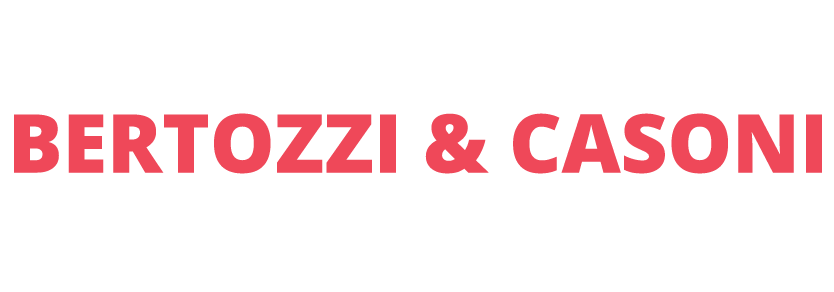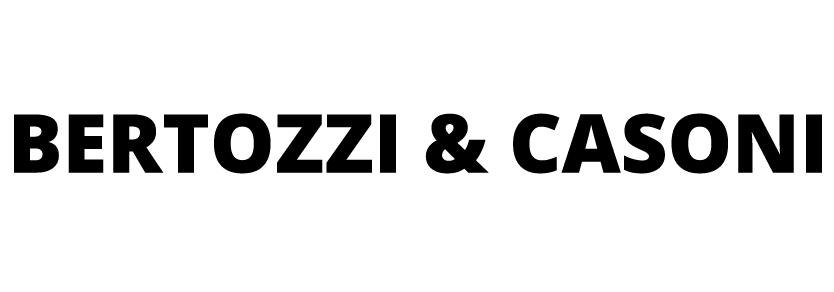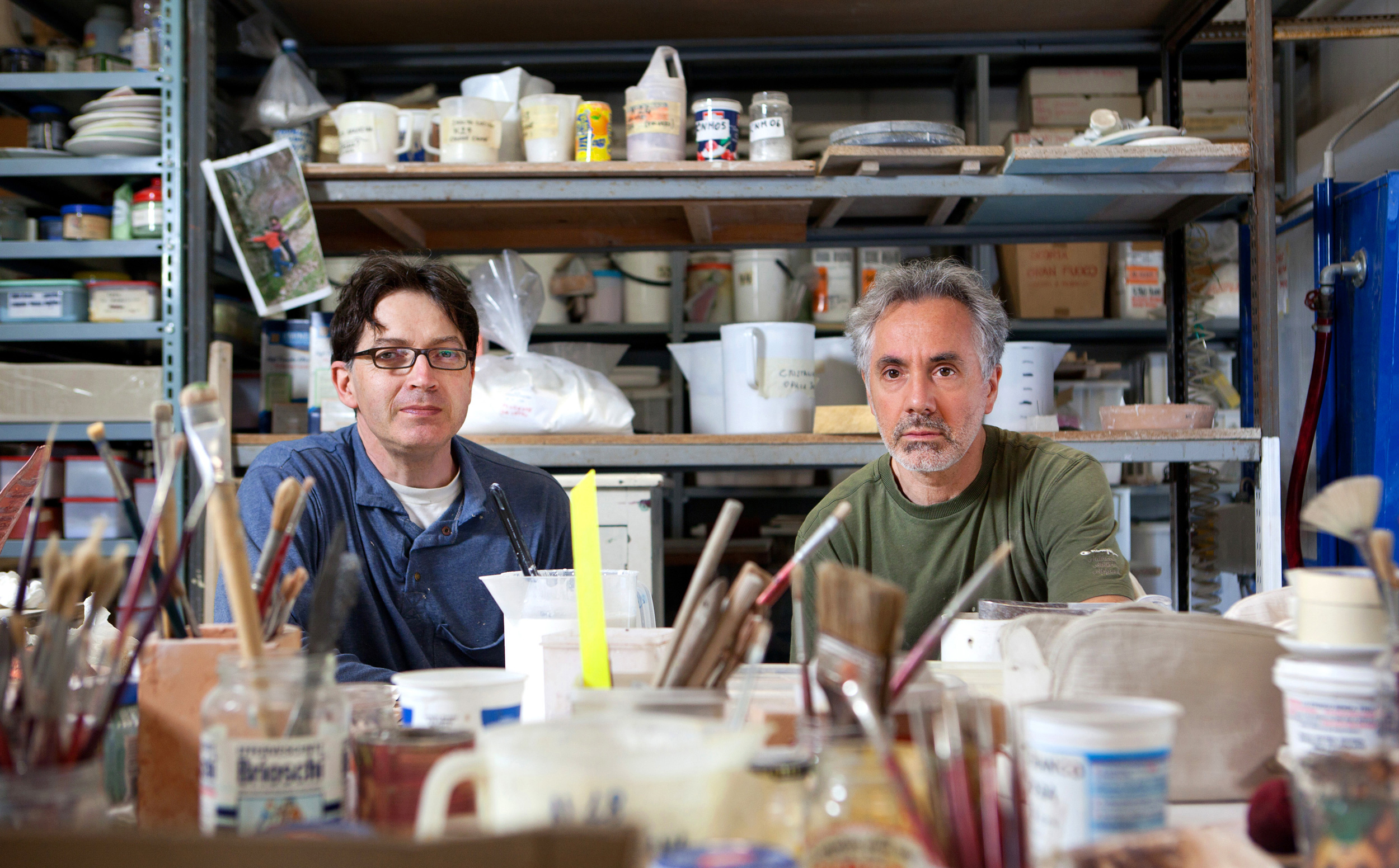Bertozzi & Casoni was founded in 1980 in Imola by Giampaolo Bertozzi (born in Borgo Tossignano, Bologna, in 1957) and Stefano Dal Monte Casoni (born in Lugo di Romagna, Ravenna, in 1961). From their early studies at the Ceramic Art Institute of Faenza their interests gravitated towards a dialogue with the great traditions in art and they nurtured an original vocation for experimenting with sculpture, seeing in ceramics the possibility of painted sculpture. Bertozzi & Casoni went on to attend the Academy of Fine Arts in Bologna, and participated in exhibitions that focused more on the artists and the motivations for a “new ceramics” in an effort to bridge the gap in support of an expressive medium viewed as a minor art with respect to other artistic forms. Their first creations were small and made of thin polychrome majolica. From 1985 to 1989 they collaborated with the Cooperativa Ceramica d’Imola as researchers in the Centro Sperimentazioni e Ricerche sulla Ceramica (19871988), an experience that led to the association with “K International Ceramics Magazine” for which they would also create cover images. As the relationship with the Cooperativa was nearing its end, they produced two major pieces sponsored by the company: the projects in Tama New Town (Tokyo 1989-90) and the large panel “Ditelo con i fiori” appearing on the exterior wall of the Imola Hospital. Between 1983 and 1994 they engaged with the world of design thanks to a special relationship with exhibition space Dilmos in Milan and participation in several editions of the Abitare il Tempo trade fair in Verona and the Trienniale of Milan, in addition to the exhibitions in the former church of San Carpoforo in Milan. They also designed the “Poltrona Ercolano” for Dino Gavina. During the 1990s their work took on a much more conceptual and radical aspect, almost to compensate for an exaggerated expressiveness and rigid perfection in execution that, nevertheless, at the end of the century with “Bosco sacro” of 1993, “Evergreen” of 1995 and “Scegli il Paradiso” of 1997, reached dimensional and creative heights not earlier achieved. With this latter work, Bertozzi & Casoni would close the chapter of painted majolica and move into experimentations characterised by an almost exclusive use of materials and technologies derived from industry. This was a decisive step that permitted their works to conquer a higher level of physical presence. The pictorial virtuosities were abandoned in favour of an objective rendering of selected subjects. The preferred iconographic themes, which found substance in the broad artistic themes vanitas and memento mori, underwent a fantastic transfiguration, and their formal reproduction took on an objective form that diminished the presence of the artists themselves and the conditioning perception of a particular time. This marked an important turning point, leading to a new chapter of “contemplations of the present” where in a sort of “epic of trash”, the attraction for what is fleeting, transitory, perishable and in decay, becomes an internationally recognised icon of a human condition that is not only contemporary. Their work now attracted the interest of art critics, museums and major Italian and international art galleries. Between compositional surrealism and formal hyperrealism, Bertozzi & Casoni have dedicated years to examining the refuses of contemporary society, including those cultural and artistic, characterised by a never-ending vivifying alternation between descents into decay and revivals of survivors, overlooked beauties, abstraction and representation, impermanence and eternity, history and contemporaneity, fantastic imagination and technical precision.
In 2004 the artists were invited to exhibit at the Tate Liverpool and at the XIV Quadriennale of Rome. In 2007, they held a solo show at Ca’ Pesaro, Galleria Internazionale d’Arte Moderna di Venezia (where they exhibited three large works alongside the Biennale: “Composizione in bianco”, “Le bugie dell’arte” and “Composizione Scomposizione”), and in 2008 at the Castello Sforzesco of Milan and the Museo Internazionale delle Ceramiche di Faenza. In 2009, their works were exhibited at the Italy Pavilion of the Venice Biennale (“Composizione non finita-infinita” and “Rebus”); in 2010 at All Visual Arts in London, at Sperone Westwater in New York, at the Galleria Sperone in Sent and at the Fondazione Arnaldo Pomodoro in Milan. In 2011 they exhibited at the Musée des Beaux Arts in Ajaccio, at the Italy Pavilion of the Venice Biennale (“Sedia elettrica con farfalle”), at the FaMa Gallery in Verona, and at La Maison Rouge in Paris. In 2012 they showed at the Galleria Robilant+Voena in London, at Sperone Westwater in Lugano and New York. That same year they had a solo exhibition at the All Visual Arts in London where for the first time their large work “Regeneration” was on view. This was followed in 2013 by solo shows at the Museum Beelden aan Zee in The Hague, at the Galleria Beck & Eggeling in Düsseldorf, at the Galleria Cardi in Pietrasanta and in 2014 at Sperone Westwater in Lugano and in the monumental halls of Palazzo Te in Mantova. 2015 saw solo exhibitions at the Galleria Tega in Milan, the Galleria Poleschi in Lucca, at Sperone Westwater in New York, at Mambo in Bologna, at the Art’In Gstaad Gallery and participation in the Milan Expo 2015. In 2016 their solo exhibitions were held in the halls of Palazzo Larderel in Florence (presented by the GaIleria Quadrifoglio of Milan in collaboration with Gian Enzo Sperone), at the Galleria d’Arte Moderna in Palermo, at Espace Grandjean in Vallauris, at Galleria Verolino in Modena, at Macist in Biella and the Palazzo Ducale in Massa. 2017 opened with solo exhibitions at the Museo di Palazzo Poggi in Bologna and the Pinacoteca Civica in Ascoli Piceno and has continued with the collaboration with Ca’ del Bosco.


